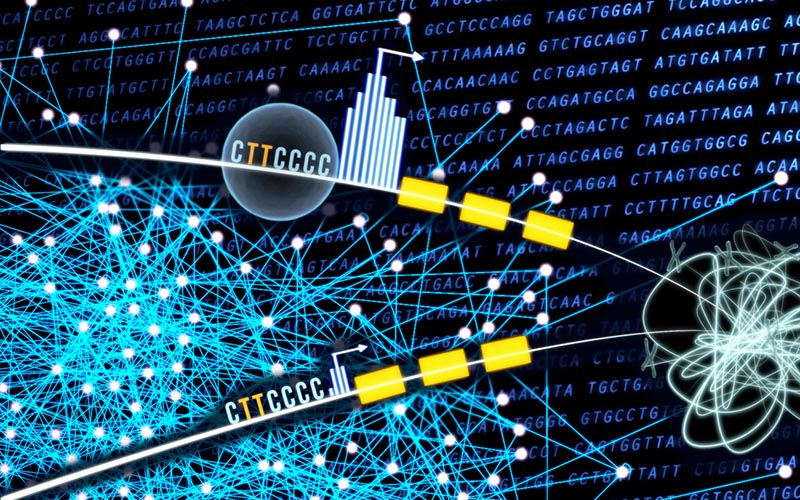Search
Research
A Method to Exploit the Structure of Genetic Ancestry Space to Enhance Case-Control StudiesThese results highlight how UNICORN can enable reliable, powerful, and convenient genetic association analyses without access to the individual-level data
Research
Genome-wide association analysis identifies 13 new risk loci for schizophreniaCommon genetic variation has an important role in the etiology of schizophrenia, and larger studies will allow more detailed understanding of this disorder.
Research
Folate pathway gene polymorphisms, maternal folic acid use, and risk of childhood acute lymphoblastic leukaemiaSeveral studies suggest that maternal folic acid supplementation before or during pregnancy protects against childhood acute lymphoblastic leukaemia (ALL).
Research
Comparative analysis of the full genome of Helicobacter pylori isolate sahul64 identifies genes of high divergenceGenome sequence of Sahul64, an H. pylori strain isolated from an indigenous Australian
Research
Genetic and environmental factors in the aetiology of hypospadiasThe increasing use of assisted reproductive techniques and hormonal manipulation during pregnancy may have been associated with an apparent rise in the...

News & Events
Decades-old work picked up by Google’s DeepMind leads to global scientific breakthroughA researcher's work from 20 years ago has helped to crack one of biology’s biggest mysteries.
Research
Alternative Recruitment Strategies Influence Saliva Sample Return Rates in Community-Based Genetic Association StudiesUsing data from three large-scale genetic association studies we compared recruitment strategy and sample return rates.
Research
A "Candidate-Interactome" Aggregate Analysis of Genome-Wide Association Data in Multiple SclerosisThe interaction between genotype and Epstein Barr virus emerges as relevant for multiple sclerosis etiology.
Research
New findings in the pathogenesis of otitis mediaThis study was the first to concurrently identify middle ear pathogens in both bacterial biofilm and intracellularly in the middle ear mucosa of children and to identify extensive DNA stranding in the MEF from children with AOM
Research
Genetic and functional evaluation of the role of CXCR1 and CXCR2 in susceptibility to visceral leishmaniasis in north-east IndiaIL8RA and IL8RB, encoded by CXCR1 and CXCR2, are receptors for interleukin (IL)-8 and other CXC chemokines involved in chemotaxis and activation of...
